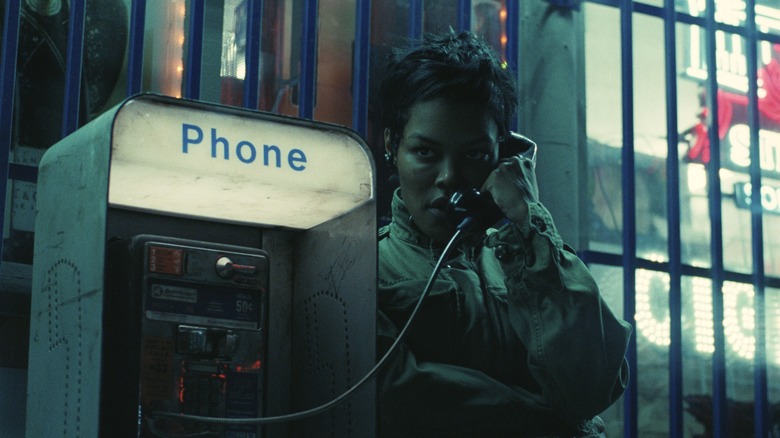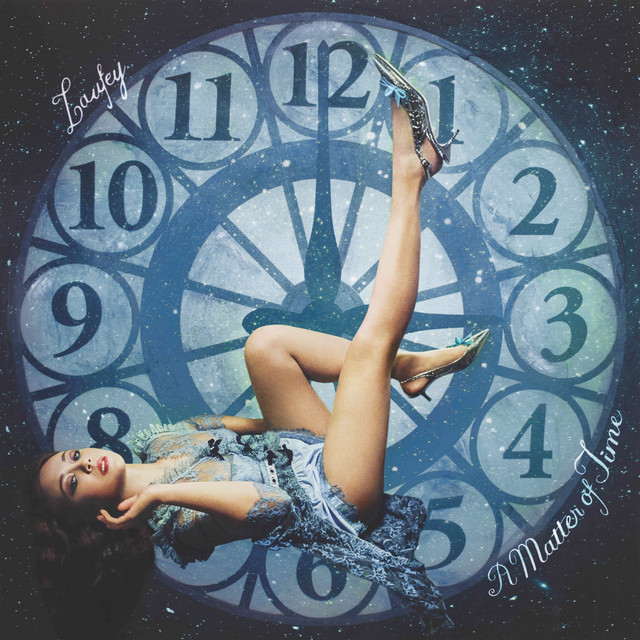
Between the Frames
[email protected]
Is dance an unappreciated art form, and are we too plebeian to recognize it as such?
I’ve never been able to appreciate dance as an art. Using dance to express emotion, beauty, life or whatever has always seemed far too remote to be engaging. My “happiness” does not feel like someone skipping around on a stage in a leotard, and my “anguish” does not look like someone rolling around on the floor. I don’t seem to be alone in this dismissal of dance. Among all forms of art, dance seems to be the one that gets the least attention, if it is not entirely ignored.
This demotion of dance is, at least for me, based on an entirely inadequate experience with the art form. As someone from a culturally irrelevant town in Northern California, the only dance performances I’ve attended have been performed by trivial traveling troupes who, I assume, are on an entirely different level compared to the best dancers. Even those of us fortunate enough to hail from New York (the only place where dance is semi-relevant) probably still haven’t been exposed in person to high-quality dance performances.
This wouldn’t be an issue except that dance, I argue, is entirely untranslatable into any recording. I came across this problem while trying to give the art form another chance, mostly by browsing YouTube clips of famous dancers. The problem with these recordings is that they entirely fail to communicate any of the physicality inherent in dance. The recording is a mere shadow of what the performance actually is. Because of the especially physical nature of dance, it seems that as soon as a live performance ends, the work of art ceases to exist, regardless of any recordings that survive.
Why is that? Well, for contrast, take movies and TV. For these forms, the medium is actual recordings. Even though there are actual people doing the things that are recorded, the entire artwork is meant to be nothing more than a recording, so watching a recording is actually the very essence of experiencing film. The same can be said of music. Albums are (sometimes) recorded by actual musicians but are thought of and listened to as recordings. In essence, the art forms with which we interact most intimately — film and music — are essentially generic, nonphysical works, able to be called up and experienced at any time and place without losing any of their aesthetic value.
Dance, on the other hand, is conceived of and executed as an entirely place- and time-specific entity. The work is neither a recorded film nor a recorded song. Instead, it is a live performance, including in its essence the specific place and time at which it was created. It is anti-generic. It is entirely unique. Any recording of dance is like a two-dimensional rendering of a three-dimensional object.
What this means, of course, is that the vast majority of us have only experienced a shadow of dance: a recording or a performance by mediocre dancers. So when we scoff at dance or ignore it altogether based on such a halfhearted experience, we do not give dance its due. Until we actually experience dance as it is meant to be experienced — live and performed by world-class dancers — we are simply dancing around the point.







